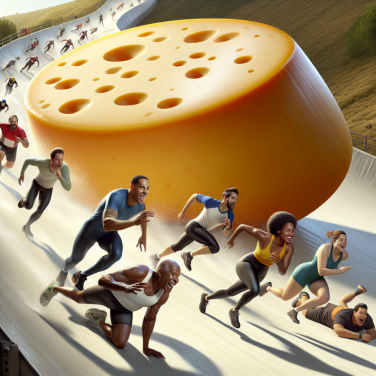Strategic Batting Practices: Perfecting Your Home Run Technique in Wiffleball
To perfect your home run technique in Wiffleball, it's crucial to understand the unique dynamics of the game. The lighter ball and distinct bat require a different approach compared to traditional baseball. Here are some strategic batting practices to help you elevate your wiffleball home run hitting skills.
**Optimize Your Batting Stance**: The stance is the foundation of a good swing. In Wiffleball, a slightly wider stance can provide balance and stability due to the lightweight nature of the ball. Keep your feet shoulder-width apart, knees slightly bent, and body weight balanced between both legs. This will give you a solid base to generate power and adjust quickly to different pitches.
**Grip and Bat Control**: Given the size and shape of a wiffleball bat, a firm but relaxed grip is essential. Hold the bat with your dominant hand closer to the bottom and the other hand just above it. Your grip should be tight enough to control the bat but loose enough to allow for wrist flexibility. This will enhance your ability to "snap" the wrist at the point of contact, adding more power to your swing.
**Timing and Patience**: The erratic movement of the wiffleball requires precise timing. Start by watching the ball from the pitcher's hand all the way to the bat. Practicing your timing, perhaps with a focus on the ball's rotation and speed, will help you anticipate the pitch's movement. Patience is key; wait for the right pitch to swing at, one that you can drive with power.
**Swing Mechanics**: A compact and smooth swing is often more effective than a powerful, overextended one. Lead with your hips and let your hands follow, keeping the swing level or slightly upward to induce the ball's lift. The key is to make contact with the ball slightly in front of the plate, which maximizes the chance of hitting a home run.
**Understanding Pitch Movement**: Different pitches in wiffleball will move in various ways. Spend time learning how curves, sliders, and risers behave. Use this knowledge to adjust your swing accordingly. For instance, on a pitch that curves away, you might step slightly towards the pitch to cover the outer part of the strike zone.
**Practice Drills**: Engage in drills that simulate game conditions. Tee work can help refine your swing mechanics, while soft toss and batting practice against live pitching will sharpen your timing and pitch recognition.
Read also:
Exploring the Thrill of 100-Ball Cricket: A Game-Changing Format
Honing Your Swing: Essential Mechanics for Wiffleball Power Hitting
Honing your swing in wiffleball is critical if you're aiming to consistently deliver power hits. Unlike traditional baseball, wiffleball has a unique set of mechanics due to the lighter ball and typically shorter bats. Mastering these aspects can significantly elevate your game and lead you to home run success.
Grip and Stance: The foundation of a powerful swing begins with the grip and stance. For wiffleball, it's essential to hold the bat with a firm yet flexible grip, allowing for quick adjustments and whip-like swings. Your stance should offer a balance of stability and mobility. Standing with your feet shoulder-width apart and knees slightly bent puts you in a prime position to generate power.
Body Mechanics: The real secret to a potent swing lies within your body's core. Engaging your core muscles not only provides stability but also drives the rotational force necessary for hitting. This rotational force begins in your legs, travels up through your hips, and into your torso. This kinetic chain is vital for power hitting, as it allows you to harness the energy from your entire body rather than just your arms.
Swing Path: In wiffleball, where the ball is lighter and more susceptible to air resistance, the swing path is particularly crucial. A slightly upward bat path is generally favored, which helps in achieving the ideal launch angle for home runs. But be careful not to exaggerate the uppercut swing, which can lead to misses or weaker contact. Think of it as a smooth upward glide through the ball's plane.
Bat Speed: The speed at which you swing the bat has a direct correlation with the power of the hit. In wiffleball, generating significant bat speed is especially important since the ball is lighter. Quick wrists and strong forearms are instrumental in snapping the bat through the strike zone. Drills that focus on wrist strength and bat speed are crucial components of any power hitter's training regimen.
Timing and Practice: A powerful swing is nothing without precise timing. Hitting a wiffleball at the optimal moment requires practice and a good eye. The ball's irregular movement patterns demand that hitters adjust their timing. Practice with a variety of pitch speeds and movements to hone your timing, ensuring you connect with the ball when your swing is at its most powerful point.
Remember, consistent power hitting in wiffleball isn't just about swinging harder; it's about mastering the mechanics of the swing and applying them with skillful timing.




